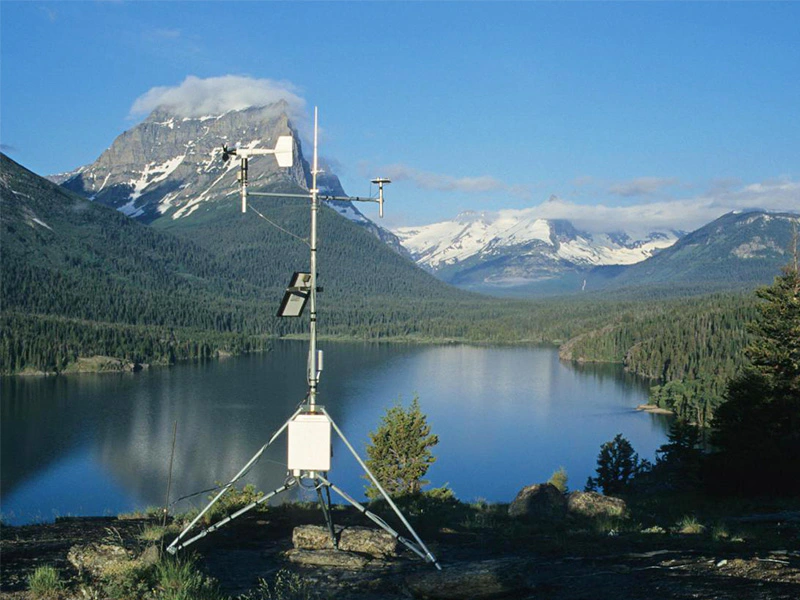
# What is a Weather Station?
Understanding Weather Stations
A weather station is a facility equipped with instruments and sensors designed to measure atmospheric conditions. These stations collect data on various weather elements to help meteorologists, researchers, and even hobbyists understand and predict weather patterns.
Key Components of a Weather Station
Modern weather stations typically include several essential instruments:
- Thermometer: Measures air temperature
- Barometer: Records atmospheric pressure
- Hygrometer: Measures humidity levels
- Anemometer: Tracks wind speed
- Wind vane: Determines wind direction
- Rain gauge: Measures precipitation
Types of Weather Stations
Weather stations come in different configurations depending on their purpose:
Professional Weather Stations
These are sophisticated systems used by meteorological organizations, airports, and research institutions. They provide highly accurate data and often transmit information in real-time.
Personal Weather Stations
Designed for home use, these compact systems allow weather enthusiasts to monitor local conditions. Many connect to home networks and share data online.
Automated Weather Stations
These unmanned stations operate in remote locations, collecting data automatically and transmitting it via satellite or radio signals.
How Weather Stations Work
Weather stations operate by continuously monitoring environmental conditions. Sensors collect data at regular intervals, which is then processed and recorded. Modern stations often include:
- Data loggers for storing measurements
- Wireless transmission capabilities
- Solar power options for remote operation
- Integration with weather networks
The Importance of Weather Stations
Weather stations play a crucial role in our daily lives and various industries:
- Improving weather forecasting accuracy
- Supporting agricultural planning
- Aiding aviation safety
- Monitoring climate change
- Providing data for scientific research
Setting Up Your Own Weather Station
For those interested in personal weather monitoring, setting up a home weather station can be rewarding. Consider these factors:
- Choose an appropriate location away from obstructions
- Select sensors that match your needs and budget
- Consider connectivity options (Wi-Fi, cellular, etc.)
- Regular maintenance ensures accurate readings
Whether for professional use or personal interest, weather stations provide valuable insights into our ever-changing atmosphere. As technology advances, these systems continue to become more sophisticated, offering increasingly detailed weather data to help us understand and prepare for environmental conditions.
Keyword: what is a weather station